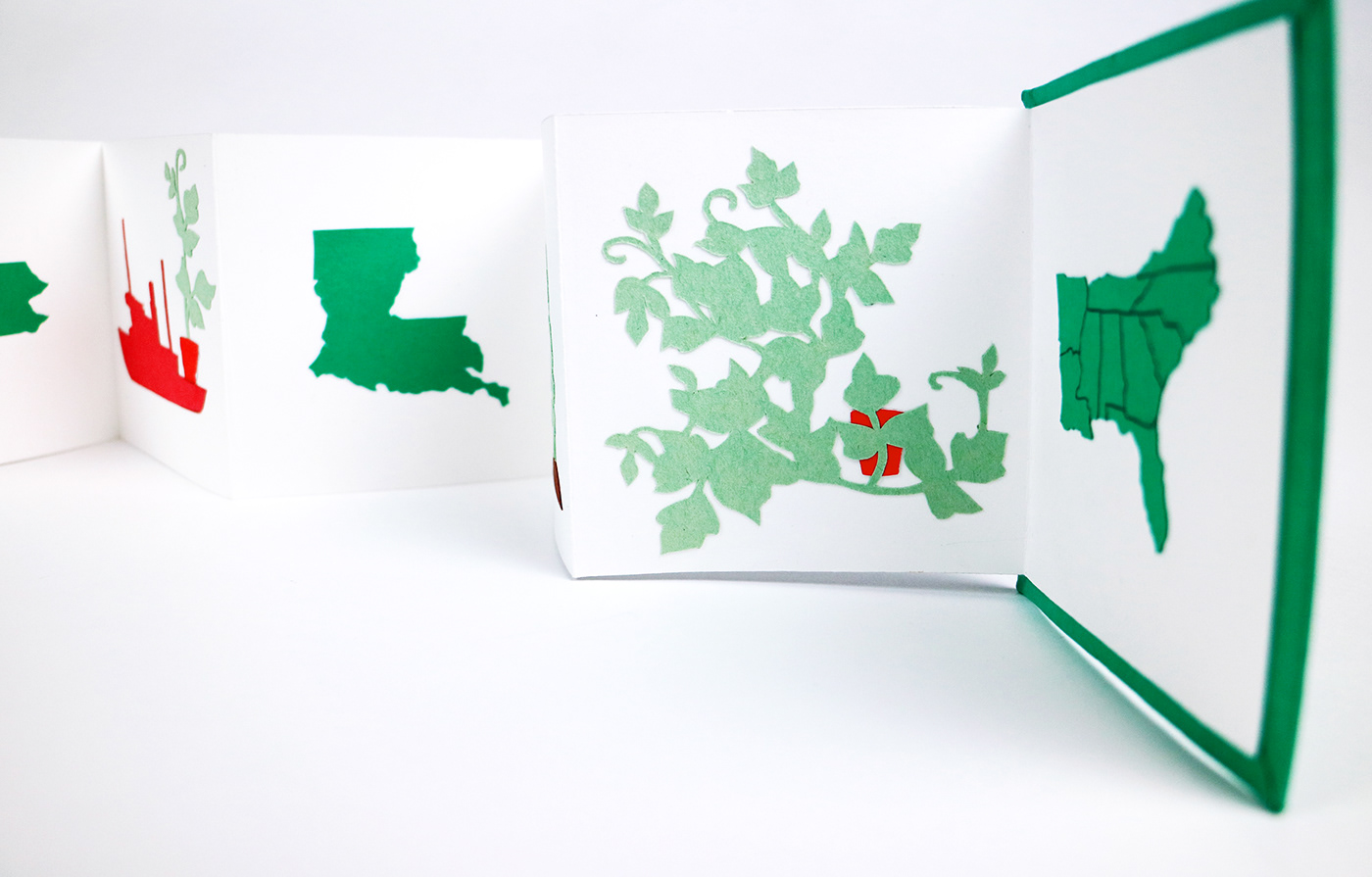


The introduction of kudzu into the United States takes a similar path to the emigration of Chinese into the States. Initially brought on as an exotic and beautiful plant, it became the solution for railroad companies to fixing the problem of the damaged landscape caused by their industrialization. However, once introduced to the perfect conditions of the American South, it settled, multiplied, and became known as one of the most invasive species. Kudzu became dreaded and despised by many because it seemed to appear and take over everywhere. However, naturalist Bill Finch wrote in September 2015 for the Smithsonian Magazine that studies on the vine indicate that it is nowhere near as invasive as people make it out to be, and that it was only hype--due to its prominent visibility from the highways--that made it into the fearsome, noxious weed that it is.
Similar sentiments were being echoed, at around the same time periods, toward Chinese immigrants who came to the US to work on the railroads. Arriving in large numbers to work for very little pay, they became a threat to white Americans, who lobbied for lawmakers to enact laws to put an end to having their “jobs taken away” by the immigrants. The Chinese Exclusion Act of 1882 was signed by President Chester Arthur, which then prohibited the immigration of any more Chinese into the US, and it was not repealed until 1943. As history often repeats itself, we are seeing a rise of nationalistic attitudes and a return to these sentiments in America today toward Hispanic immigrants


